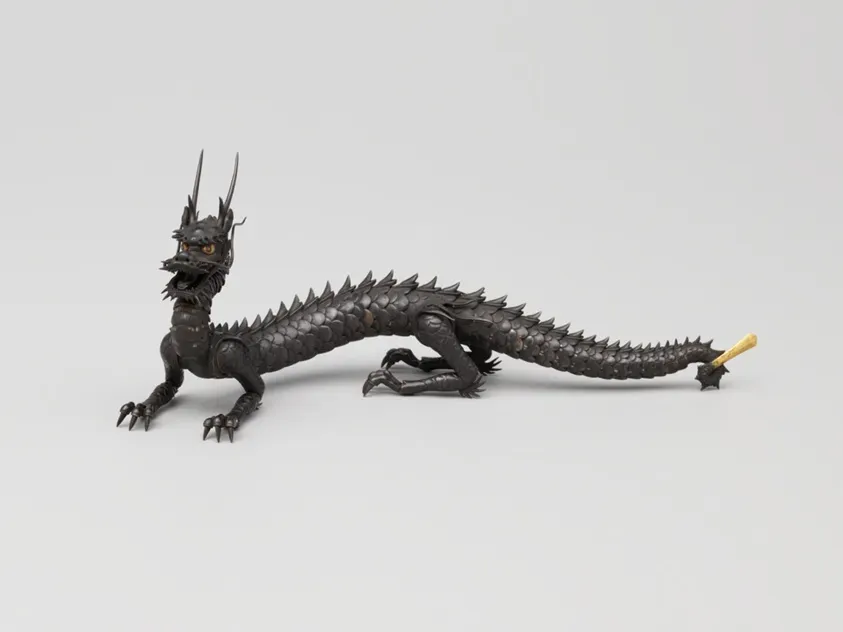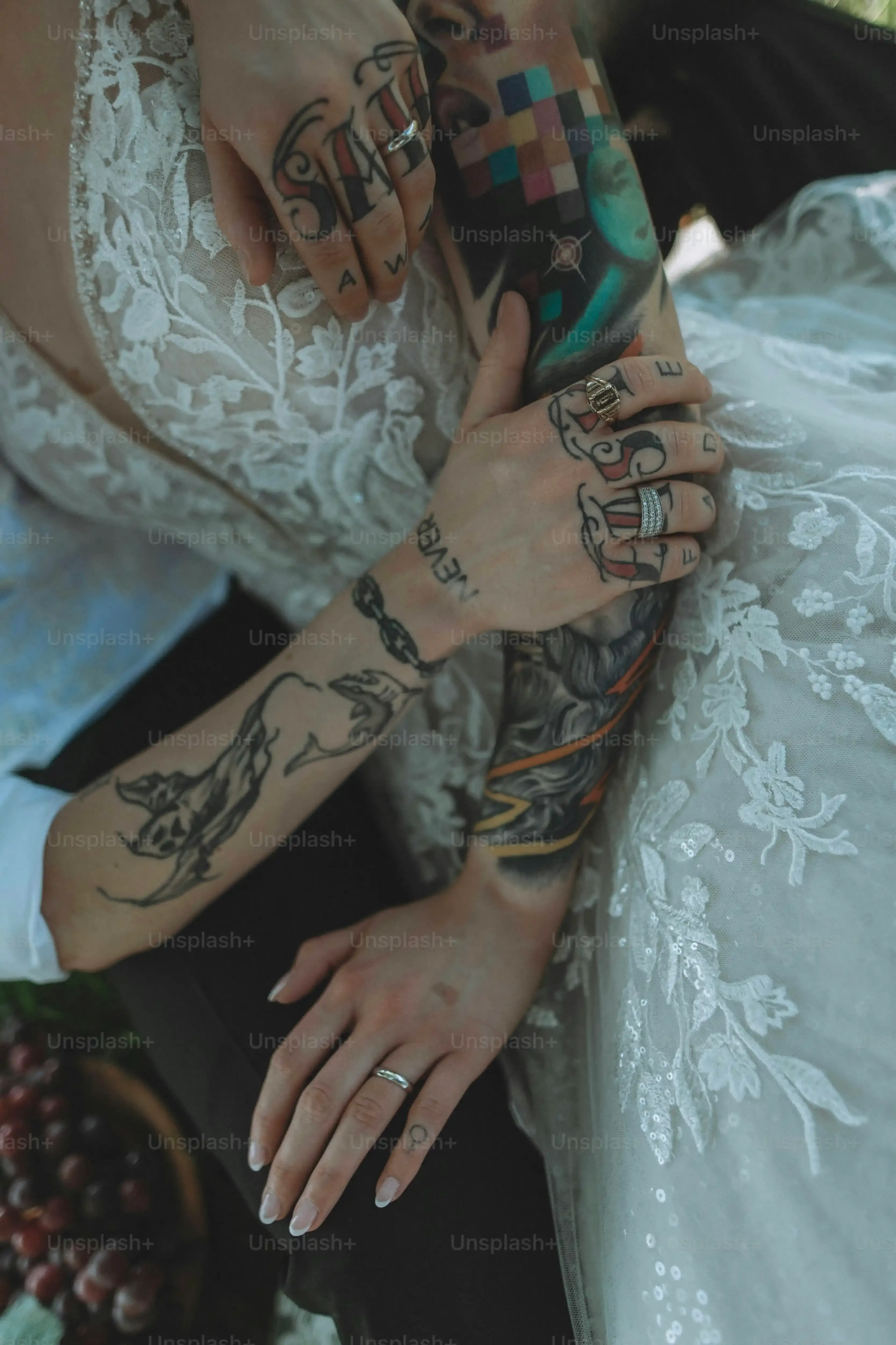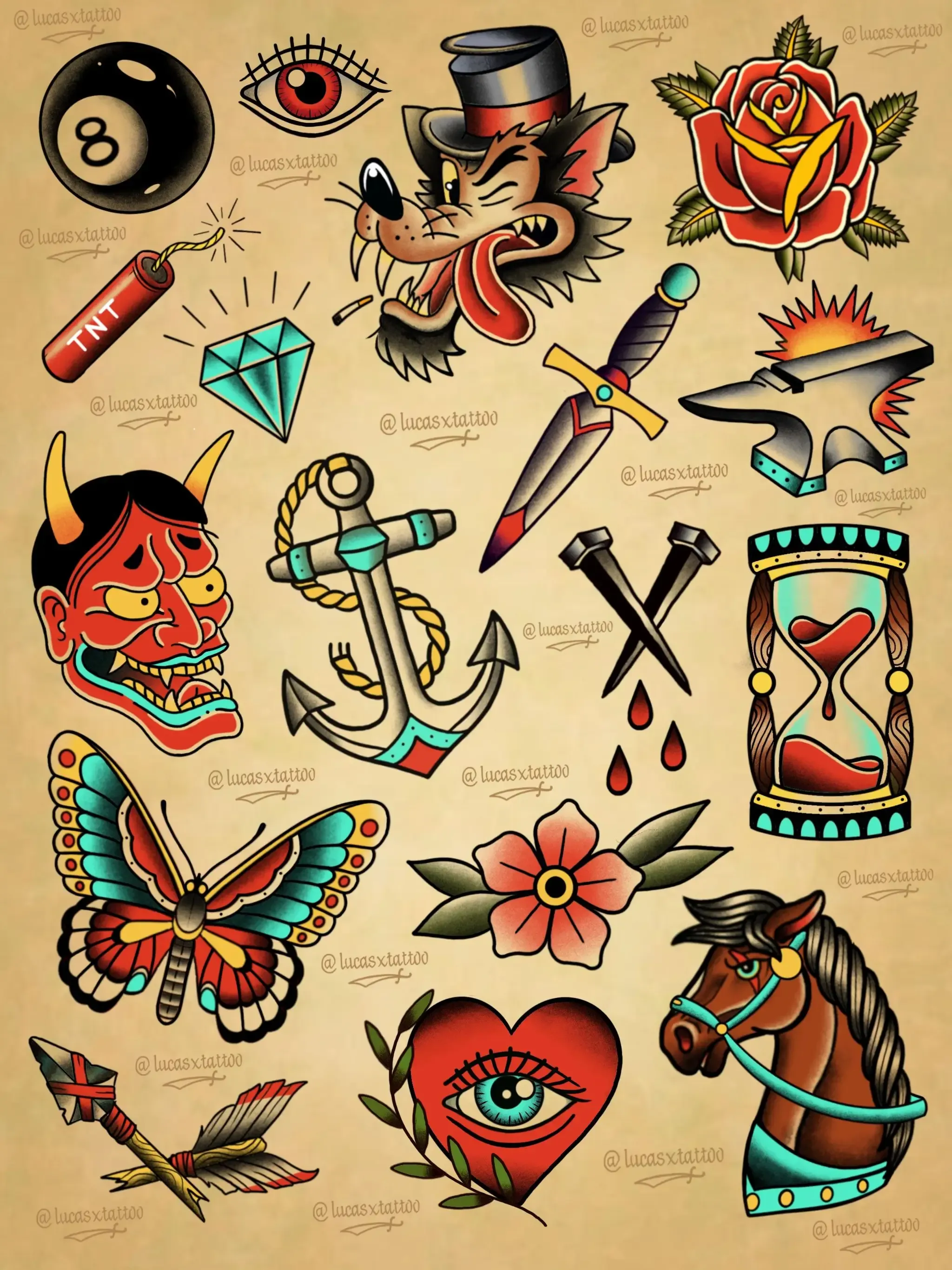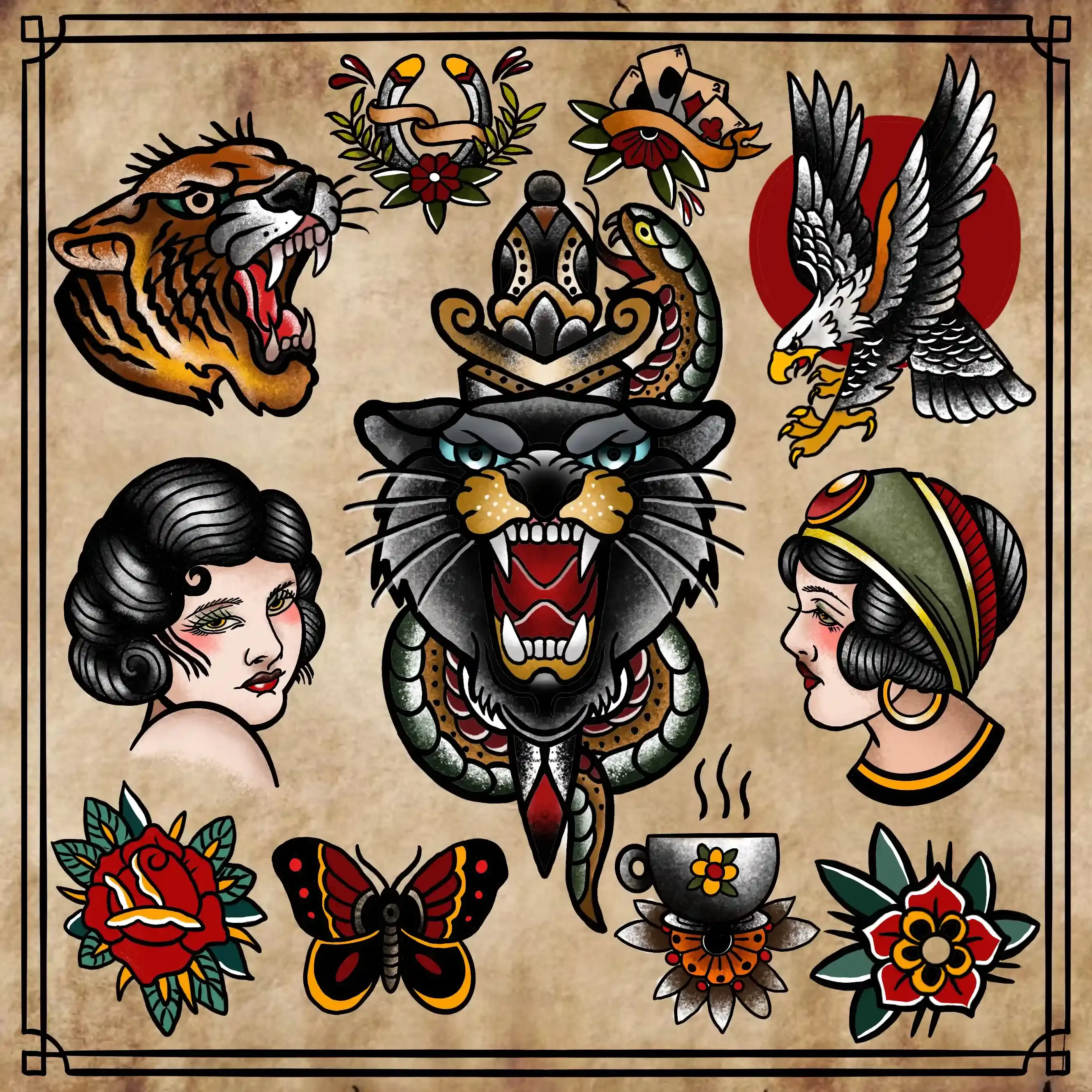Table of Contents
Walk into most tattoo shops today, and you’ll see plenty of intricate, hyper-realistic, or delicate fine-line work. But look a little closer, and you’ll almost certainly find flash sheets or examples of a style that refuses to fade: old school tattoo designs. These aren't just random pictures etched onto skin; they represent a specific era, a distinct aesthetic, and a boatload of history, often tied to salty air and rough seas. Think bold black outlines, a limited palette of primary colors, and iconic imagery that feels both simple and powerful.
The Roots of Old School Tattoo Designs
The Roots of Old School Tattoo Designs
If you're curious about the origins of those classic anchors and swallows, you're digging into The Roots of Old School Tattoo Designs. This style didn't just pop up overnight; it brewed in port cities, fueled by sailors and the rough-and-tumble life at sea around the late 19th and early 20th centuries. Think of it as the original American tattoo style, brought back by sailors who saw tattooing in places like Polynesia and Japan. They needed bold, simple images that could be done quickly and would hold up on skin exposed to sun, salt, and hard work. Early artists like Martin Hildebrandt in New York and later, the legendary Sailor Jerry in Honolulu, took these influences and forged the look we recognize today: heavy black outlines, solid blocks of color, and imagery that spoke directly to the lives and superstitions of the working class, especially those who made their living on the water.
Decoding the Symbols in Old School Tattoo Designs
Decoding the Symbols in Old School Tattoo Designs
More Than Just Pretty Pictures
Alright, so you've got the history down. Now let's talk about what those old school tattoo designs actually mean. They weren't just picked out of a hat; most of these symbols carried serious weight, especially for guys facing down rough seas and uncertain futures. An anchor, for instance? Not just a boat accessory. That sucker meant stability, security, and coming home safe. Sailors would get them after crossing the Atlantic, a literal anchor in a chaotic life. Swallows were another big one – getting one meant you'd traveled 5,000 nautical miles. Two? That's 10,000. Plus, there was a superstition that if you drowned, the swallows would carry your soul to heaven. Heavy stuff, right? These weren't frivolous choices; they were markers of experience, hope, and sometimes, grim reality.
Navigating Life's Rough Waters
Beyond anchors and swallows, the lexicon of old school tattoo designs gets deeper. The nautical star, a five-pointed star shaded in alternating colors, was a literal and figurative compass, meant to guide a sailor home safely. Ships, naturally, represented the journey itself, the adventure and the livelihood. A full-rigged ship often meant you'd sailed around Cape Horn, one of the most treacherous voyages out there. Skulls and daggers? Pretty straightforward – mortality, danger, maybe a reminder that life was short and brutal. Pin-up girls, on the other hand, offered a touch of romance and a connection to the world left behind, a bit of beauty in a harsh environment. Each design was a badge, a story told in ink.
Here are some classic old school symbols and their common meanings:
- Anchor: Stability, security, safe return home.
- Swallow: 5,000 nautical miles traveled, safe return, carrying the soul.
- Nautical Star: Guidance, finding your way home.
- Ship: The journey, adventure, specific voyages (like rounding Cape Horn).
- Rose: Love, beauty, often paired with names or other symbols.
- Dagger: Courage, danger, loss, betrayal.
- Skull: Mortality, death, facing danger.
- Pin-up Girl: Romance, good luck, connection to home.
- Shark: Strength, protection.
- Eagle: Patriotism (especially American), strength, freedom.
Sailor Jerry and the Legacy of Traditional Old School Tattoos
Sailor Jerry and the Legacy of Traditional Old School Tattoos
The Man Who Defined Old School
When you talk about old school tattoo designs, you absolutely have to talk about Sailor Jerry. His real name was Norman Collins, and he wasn't just some guy with a tattoo gun; he was a master craftsman and an absolute legend operating out of Honolulu, Hawaii. Why Hawaii? Perfect spot for tattooing sailors passing through. Jerry took the existing traditional style and elevated it. He wasn't just copying; he was innovating. He developed safer pigments, used single-use needles before it was common practice, and even designed his own tattoo machines. His work had a distinct look – clean lines, vibrant colors that held up, and a certain swagger. He drew inspiration from Japanese tattooing, incorporating elements like shading and flow, but kept that bold, American feel. He basically set the standard for what a great traditional tattoo should look like.
Keeping the Flame Alive
Sailor Jerry wasn't just a solo act; he trained others. His apprentices, like Ed Hardy and Mike Malone (known as Rollo Banks), carried on his legacy after he passed away in 1973. They didn't just replicate his flash; they built upon his foundation, ensuring that the techniques and the spirit of Sailor Jerry's old school tattoo designs continued to influence new generations of artists. You see echoes of his style everywhere in traditional work today – the way a rose is shaded, the bold simplicity of a dagger, the attitude in a pin-up girl's eyes. It's not just about getting a design off his flash sheet; it's about understanding the history and the craftsmanship he brought to the table. He didn't just make tattoos; he made *better* tattoos and taught others how to do the same.
Sailor Jerry's contributions went beyond just pretty pictures:
- Improved tattoo pigments for better color fastness.
- Developed and improved tattoo machines.
- Championed sterile practices (for his time).
- Mentored influential artists like Ed Hardy and Mike Malone.
- Blended American and Japanese tattooing styles.
Why Old School Tattoo Designs Endure
Why Old School Tattoo Designs Endure
The Timeless Appeal of Bold Lines
Let's be honest, trends come and go. Remember tribal tattoos? Or how about those hyper-realistic portraits that look amazing until the ink settles and they start to look a bit... fuzzy? Old school tattoo designs don't have that problem. Their strength lies in their simplicity and robust structure. The heavy black outlines act like a fence, keeping the colors contained and ensuring the design reads clearly from a distance, even years down the line. There's no reliance on subtle shading that might blur or fine lines that could disappear. This isn't just about aesthetics; it's practical. These tattoos hold up over time. They age with you, developing a certain character rather than degrading into an unrecognizable mess. It’s the design equivalent of a sturdy cast-iron pan – built to last.
Standing Out in a Crowded World
In a world saturated with increasingly complex and detailed tattoo styles, old school tattoo designs offer a refreshing contrast. They possess an undeniable authenticity, a connection to the craft's roots that many modern styles, while technically impressive, sometimes lack. Getting a traditional eagle or a classic ship isn't just getting a picture; it feels like joining a lineage, a quiet nod to the rebels and wanderers who got tattooed before it was mainstream. They’re instantly recognizable, carrying a certain weight and history that a watercolor splash or a geometric pattern simply doesn't. People see an old school tattoo and they *get* it, even if they don't know the specific meaning. It communicates strength, resilience, and a respect for where tattooing came from.
Think about it:
- Durability: Bold lines and solid colors resist fading and blurring.
- Clarity: Designs are easy to understand from a distance.
- History: Connects wearer to the origins of Western tattooing.
- Authenticity: Feels genuine and unpretentious.
- Recognizability: An iconic style that stands out.
Getting Your Own Old School Tattoo Design
Getting Your Own Old School Tattoo Design
Finding the Right Artist for Your Ink
Alright, so you've decided you want a piece of history etched onto your skin with an old school tattoo design. Smart choice. But don't just walk into the first street shop you see and point at a dusty flash sheet (though sometimes that works out, you're rolling the dice). Finding an artist who *gets* traditional tattooing is crucial. Look for portfolios filled with solid lines, smooth shading within those lines, and vibrant, saturated colors. They should have examples of classic designs – anchors, eagles, pin-ups – that look crisp and timeless, not muddy or shaky. Ask around. Get recommendations. An artist specializing in American Traditional knows the rules, the history, and how to make that ink last. It's not just about slapping ink on skin; it's about respecting a craft that’s been honed over decades.
Choosing Your Design and What Comes Next
Once you've found your artist, the fun part begins: picking the actual old school tattoo design. Maybe you already know you want a swallow for hitting a personal milestone, or an anchor because you finally feel grounded. Or perhaps you're just flipping through flash, waiting for something to grab you. Talk to your artist about the size, placement, and any personal tweaks you might want (while respecting the style's boundaries, of course). They can guide you on what works best structurally. Be prepared for bold lines and solid color packing – it can be intense, but that's what makes these tattoos hold up. After the session, listen to their aftercare instructions religiously. That bold, beautiful traditional piece needs proper healing to look its best for years to come. It's an investment, not just in art, but in a piece of history.
Here’s a quick checklist for getting your old school tattoo design:
- Research artists specializing in traditional style.
- Review their portfolio for quality of lines, color, and design.
- Consult with the artist about your idea and placement.
- Discuss size and potential design modifications.
- Understand the aftercare process thoroughly.
The Enduring Ink of Yesteryear
So, there you have it. Old school tattoo designs aren't just faded relics on someone's grandpa; they're a living, breathing style with roots deep in maritime history and a specific, no-nonsense aesthetic. They tell a story with thick lines and primary colors, a stark contrast to the elaborate pieces you see scrolling through Instagram today. While trends come and go, these anchors, swallows, and pin-ups persist, proving that sometimes, simple and solid beats intricate and fleeting. Getting one isn't just decoration; it's wearing a piece of tattoo history, a nod to the pioneers who laid the groundwork, and a statement that some things, like a well-executed traditional design, simply don't go out of style.